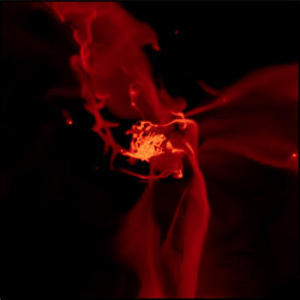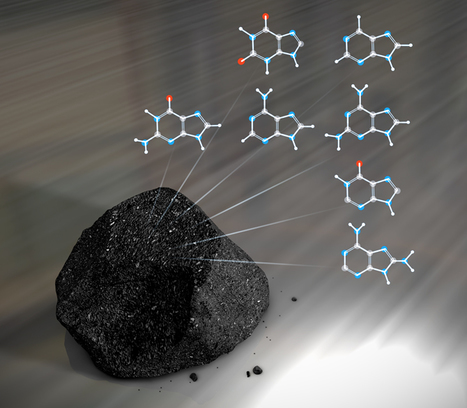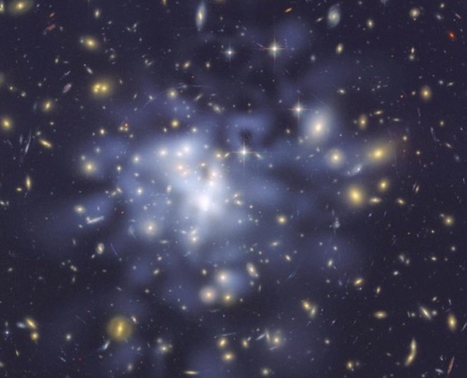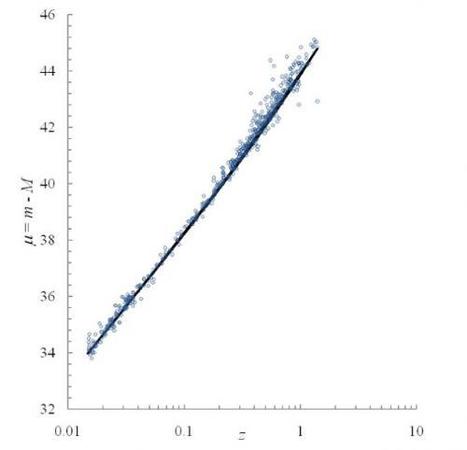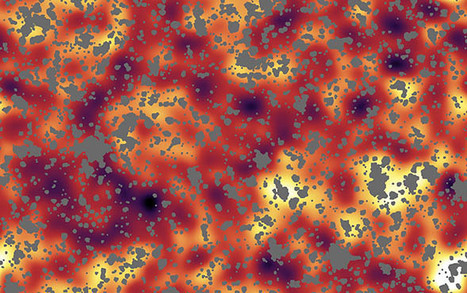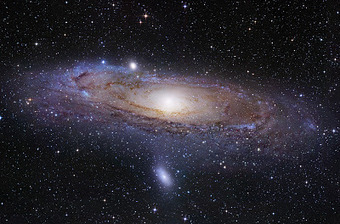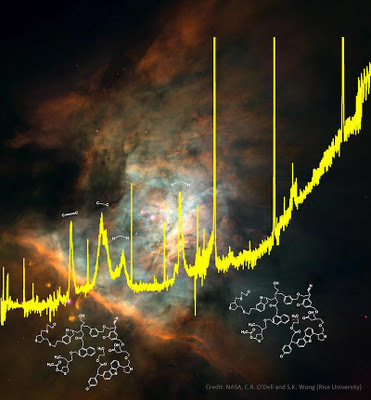Ancient stars found in the outer reaches of our Milky Way are surprisingly chock full of some of the heaviest chemical elements, which could have formed in the galaxy's early history, a new study reveals.
Research and publish the best content.
Get Started for FREE
Sign up with Facebook Sign up with X
I don't have a Facebook or a X account
Already have an account: Login

 Your new post is loading... Your new post is loading...
 Your new post is loading... Your new post is loading...
|
|









